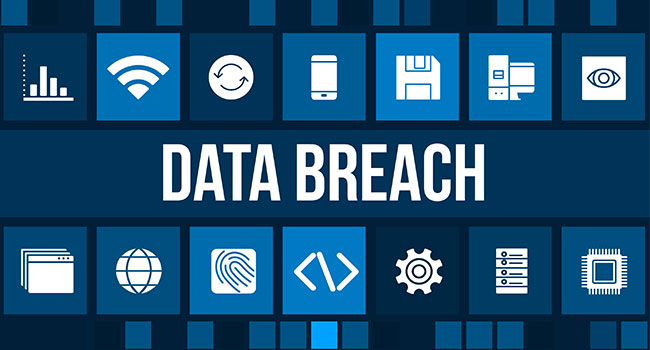
Worst Data Breaches of 2015
- By Sydny Shepard
- Dec 30, 2015
Big data breaches made national news in 2015 measured by a variety of criteria that range from amount of records stolen to the types of data stolen to the potential threat to the specific groups, such as children. Below is a list of some of the top hacks of 2015 with a summary of what was stolen, how and the impact the data breach caused.
Ashley Madison
This dating site for married people, with the tagline, “Life is short, have an affair.” had their whole database stolen. 37 million customer records including millions of account passwords made vulnerable by a bad MD5 hash implementation.
While it is unclear how they got in, they hackers where discovered on July 12. The hackers, called the Impact Team, pushed a screen to employees’ computers on login that announced the breach. The attackers then posted personal information of customers seeking extramarital affairs with other married persons, which led to a lot of embarrassment, and in two cases, possible suicides.
Office of Personnel Management
Multiple breaches at the U.S. government’s Office of Personnel Management over nearly a year led to the theft of data on 22 million current and former federal employees that included the fingerprints of about 5 million.
The hackers got into the system using a contractor’s stole credentials to plant a malware backdoor in the network. After going undetected for 343 days, anomalous SSL traffic and a decryption tool were observed within the network, leading to a forensic investigation.
This was big because it appeared to be a data mining operation – seeking data on individuals for intelligence purposes as opposed to data to be exploited for cash. The stolen personnel records include those for workers with classified employees holding sensitive jobs in law enforcement and intelligence.
Anthem
Anthem Blue Cross, a health insurance company, was hacked with personal data from about more than 80 million people compromised, resulting in one of the biggest data breaches of the year.
The hacker went undetected in the system for about nine months because a systems administrator noticed a legitimate account was querying internal databases but without the legitimate users’ knowledge.
This breach resulted in the largest number of records compromised in a healthcare network and bore the fingerprints of Deep Panda, a group known for breaking into technology, aerospace and energy firms as well as another health insurer, Premera.
About the Author
Sydny Shepard is the Executive Editor of Campus Security & Life Safety.